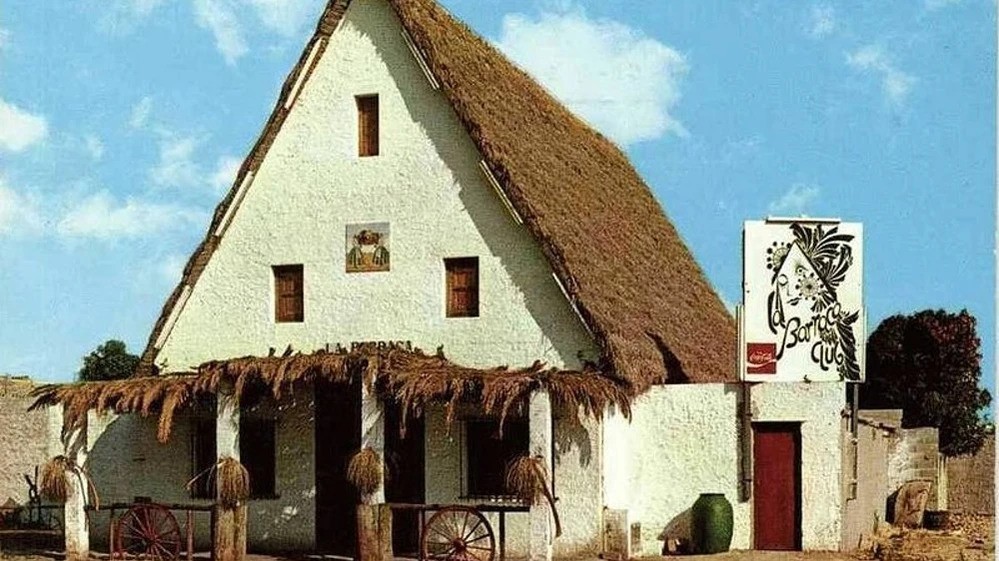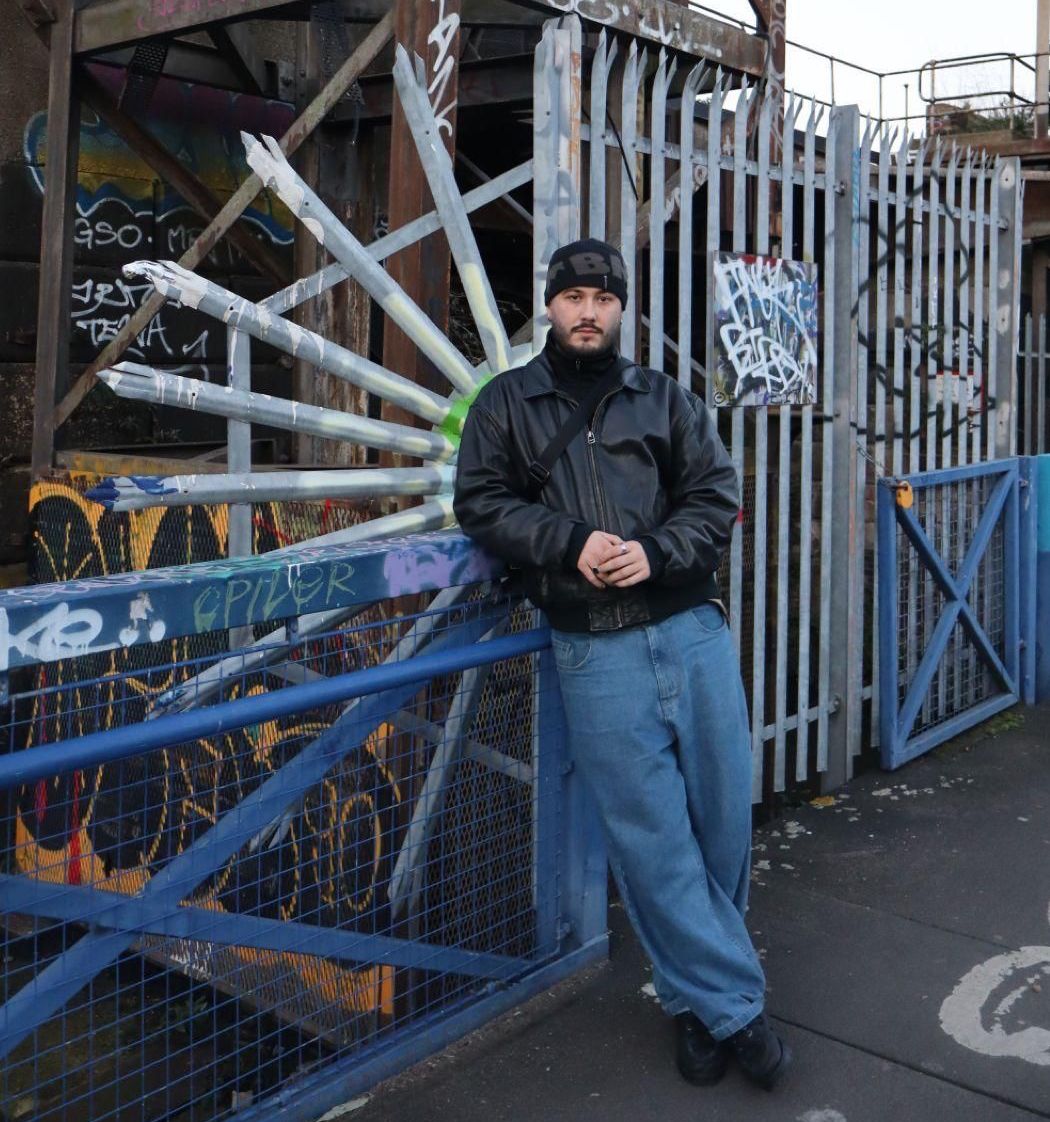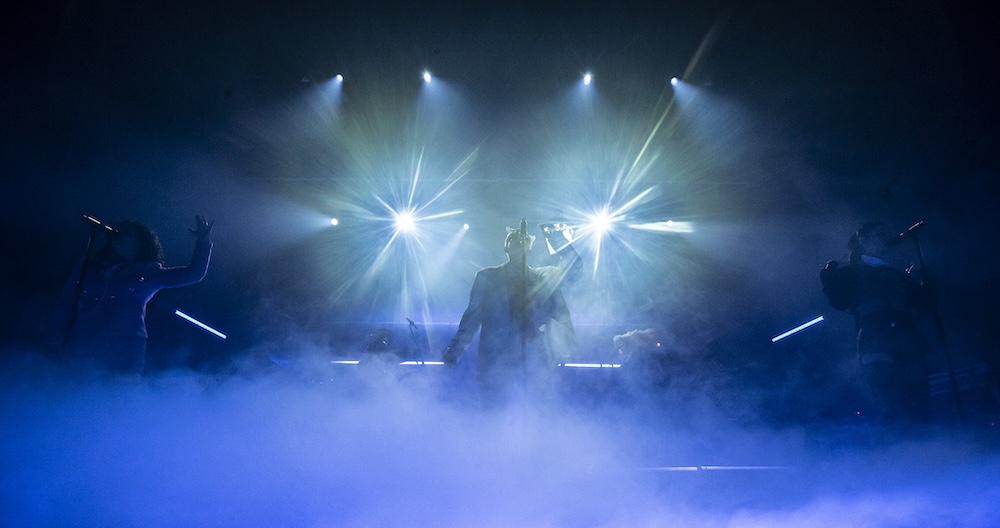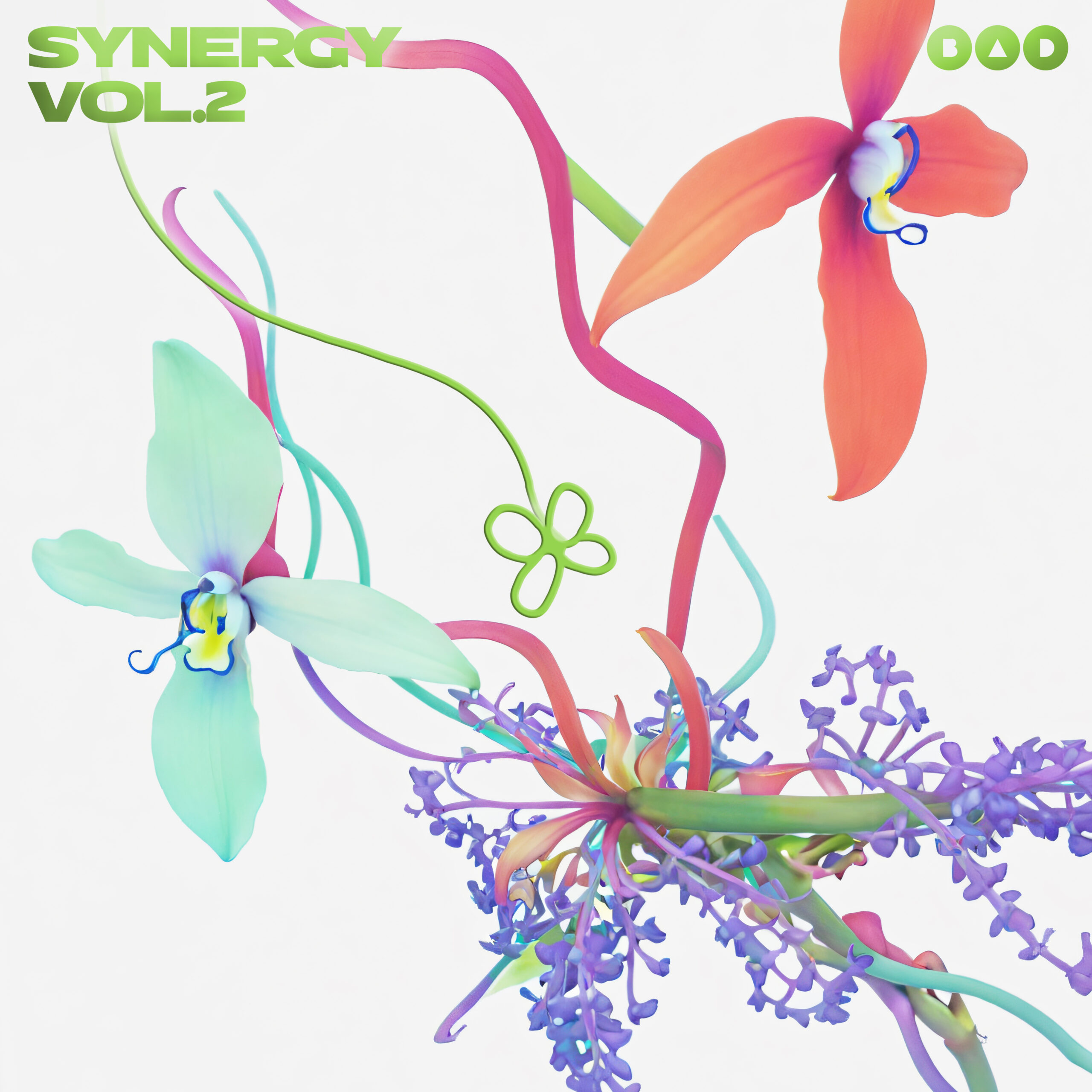Bacalao! The Untold Story Of Valencia’s Pioneering 80’s-90’s Rave Scene

The latest EP Bawrut has gifted to Ransom Note Records (available here kids!) features a stomping beast of a tune that went by the name of Routa.
Halfway through the track a fevered spoken word sample ran over the backdown – Bawrut explained to us that this was lifted directly from a documentary about the crazed rave scene that ran out of Valencia in the 80s and 90s.
As none of the trogladytes on the Ransom Note staff speak a tap of Spanish, we could only admire the Ruta doc, whilst having no idea what was going on. We went back to Bawrut and asked for more info, and he introduced us to Luis Costa, a Spanish journalist and DJ (check out his soundcloud over here) who has just published the book Bacalao (Historia oral de la música de baile en Valencia 1980-1995) aka Bacalao (An oral history of dance music in Valencia 1980-1995).
This is the story of a whole scene that is pretty much unknown to us, featuring such Spanish DJs as Carlos Simo and Fran Lenaers – musical pioneers who would have a fundamental impact on the development of European dance music. It’s not too far of a stretch to suggest that without these guys, mainstays like Sonar festival might well not exist. We wanted to know more, Luis Costa kindly answered our questions, and we’ve dug out some mixes where we can. Enjoy!
When did the Valencia club scene start?
In 1980 Carlos Simó took the controls of Barraca’s booth; at the time the music that was mainly played in Valencia was commercial disco music and Spanish rumba. Carlos Simó came on the scene with a radical proposal: getting rid of that music progressively and playing punk, post-punk, new wave, synth pop, gothic rock and first electronic rock songs (proto-techno).
Did it have an impact outside of Valencia?
At first it was very local, because the clubs were outside the city, located in a rural zones or coastal towns. It was a rather clandestine scene that was known by word of mouth. The voice was running throughout Spain and after five or six years, people began to go from everywhere. Many DJ’s went to see what was happening in those clubs.
Who were the most important people in it?
Besides Carlos Simó, some other role players were Tony “el Gitano” (“the Gypsy”), Juanito “Torpedo” or the Serrano brothers (Quique and Juanjo), who played in clubs like Chocolate or Espiral. They came from the old school and they didn’t really mix the records, they were mainly selectors. And then in 1985 a DJ that would revolutionize the scene would appear: Fran Lenaers. He was the first Spanish DJ who mixed records at the same BPM’s, with a very exciting selection. He was the resident of Spook Factory during the second part of the eighties, and was a massive influence for the Valencia and Spanish DJs.
How long did the scene last for?
In 1992 and above all in 1993, the mass media covered the scene in a very sensationalist way and created a certain social alarm. Then, the DJs were no longer playing avant-garde and underground music as in the 80’s, they were playing local hardcore productions of very poor quality. This social alarm provoked a very hard police control over the clubs and there was a progressive degradation of the scene, during the second half of the 90’s. You could say 1998 was the last year of this scene. It died out because of a combination of these two things: the musical degradation along with the pressure of the police to control the circulation of drugs on the scene.
What was the response of the government and authorities? Were they against the techno scene?
The government pressed the scene with police controls until its final collapse, instead of working along the clubs to solve the drug problem, in order to preserve its cultural value… they decided to end it.
What tunes define Bacalao?
“Bacalao” (cod) is a word derived from the slang of the Valencian DJ’s and referred to import quality music for use in clubs, in the mid-eighties, from New Order to Sisters of Mercy. Some of its hymns were: The Clash Mustapha Dance, B-Movie Nowhere Girl, The The Uncertain Smile, The Sisters of Mercy Alice, A Popular History of Signs Stigma, Section 25 Looking for a Hilltop (Megamix), The Neon Judgement The Fashion Party or Format #1 Solid Session, amongst others.
And who were the biggest and best DJs?
Carlos Simó was the first and created the scene, but the most influential DJ was probably Fran Laners, who stopped playing records in the 90’s to focus on music production with his electronic cult combo Megabeat.
Can any part of the scene still be found today?
Not really. In 2000 the scene was completely renewed and new and smaller clubs were opened in the city. And this time the opening times of the clubs were no longer like those of a rave, haha.
Luis Costa’s Bacalao (Historia oral de la música de baile en Valencia 1980-1995) is available now // Bawrut’s Rumba EP is also out now – buy from our Bandcamp






















Must Reads
David Holmes – Humanity As An Act Of Resistance in three chapters
As a nation, the Irish have always had a profound relationship with the people of Palestine
Rotterdam – A City which Bounces Back
The Dutch city is in a state of constant revival
Going Remote.
Home swapping as a lifestyle choice
Trending track
Vels d’Èter
Glass Isle
Shop NowDreaming
Timothy Clerkin
Shop Now